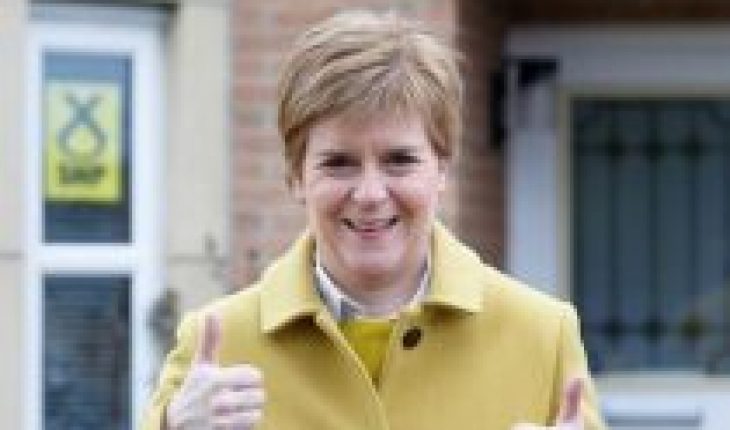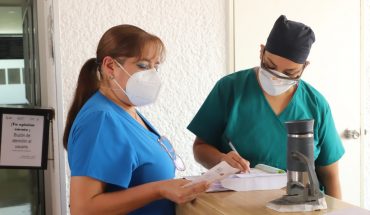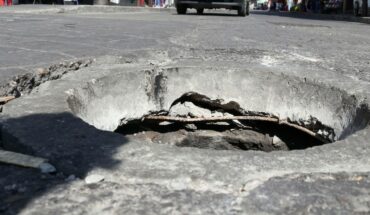
As expected, the independenceist SNP was the most voted party in the Edinburgh Parliament elections on Thursday, but without reaching the necessary 65 seats – out of 129 for the absolute majority.
Of these 129 seats, 73 – chosen by a simple majority – correspond to the constituency, while the other 56 – by the proportional system – come from the regional lists.
In the absence of a completement of the recount, the BBC projected that the SNP would obtain 63 Members, which in addition to the 9 envisaged for the Greens would give pro-independence forces a clear majority to form a government and call for a further consultation.
Second, there would be the Conservatives and behind Labour and Liberal Democrats, without the nationalist split commanded by former Chief Minister Alex Salmond, the Alba Party, reaching any seats.
The leader of the SNP, who will once again chair the Scottish regional government, was confident that an absolute majority would give her the democratic mandate necessary to ask the British Executive of the Conservative Boris Johnson for permission to convene a second legal plebiscite on Scotland’s split from the United Kingdom.
And that’s what she did in a formal statement when she became the winner of the elections.
“The people of Scotland must decide their future when the covid crisis passes. It is a matter of fundamental democratic principle,” he added, recalling that the SNP and the Greens were leading a new referendum in their campaign commitments.
However, conservative Boris Johnson closed the door on Saturday to any possibility of holding a new consultation, even with this SNP triumph.
“I think a referendum in the current context is irresponsible and reckless,” the head of government said in an interview with The Telegraph, when asked if he would accept a new consultation after the one held in 2014, in which the Scots voted to continue in the UK by clear margin.
Sturgeon is in favour of driving the new consultation in 2023, once Scotland overcomes the pandemic crisis.
The SNP and the Greens argue that the Scottish people have the right to vote on independence after Scotland was left out of the European Union (EU) against their will.
In the European referendum on 23 June 2016, Scotland voted extensively in favour of remaining in the EU even though the UK as a whole supported the exit of the European bloc.
According to Saturday’s 18.00 GMT count, the SNP had not lost any seats it already had in the previous legislature and had even won three: two that were previously held by the Conservatives and one previously Labour-
Despite this, the “tories” increased their number of votes in several constituencies compared to the previous election event, suggesting tactical votes within unionism to slow the progress of the SNP.
With 19,735 votes, Sturgeon was re-elected by the Glasgow Southside constituency, which was also snorted by the new leader of the Scottish Labour Party, Anas Sarwar, who came second after obtaining 10,279 ballots.
However, the Labour politician secured a seat in the Holyrood Parliament by also appearing on the list of his training in the Glasgow region.
Voter turnout is estimated at 63%, higher than in previous regional electoral appointments.
Unlike other votes, on this occasion there were no polls at the ballot box at the end of Thursday’s vote or predictions from political formations.
More than four million people, including foreigners based in Scotland, were called to the polls to vote in these elections, but many previously did so by mail.





